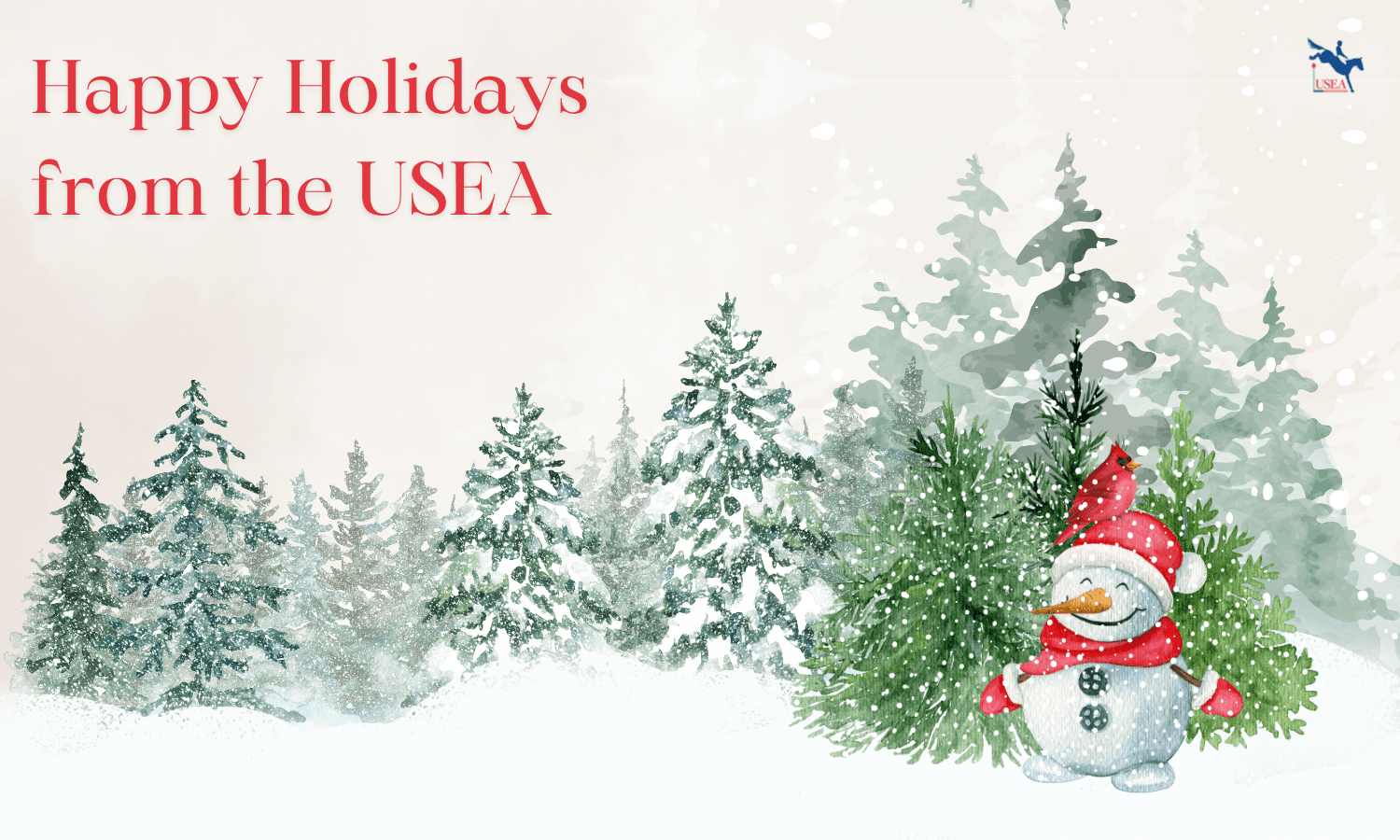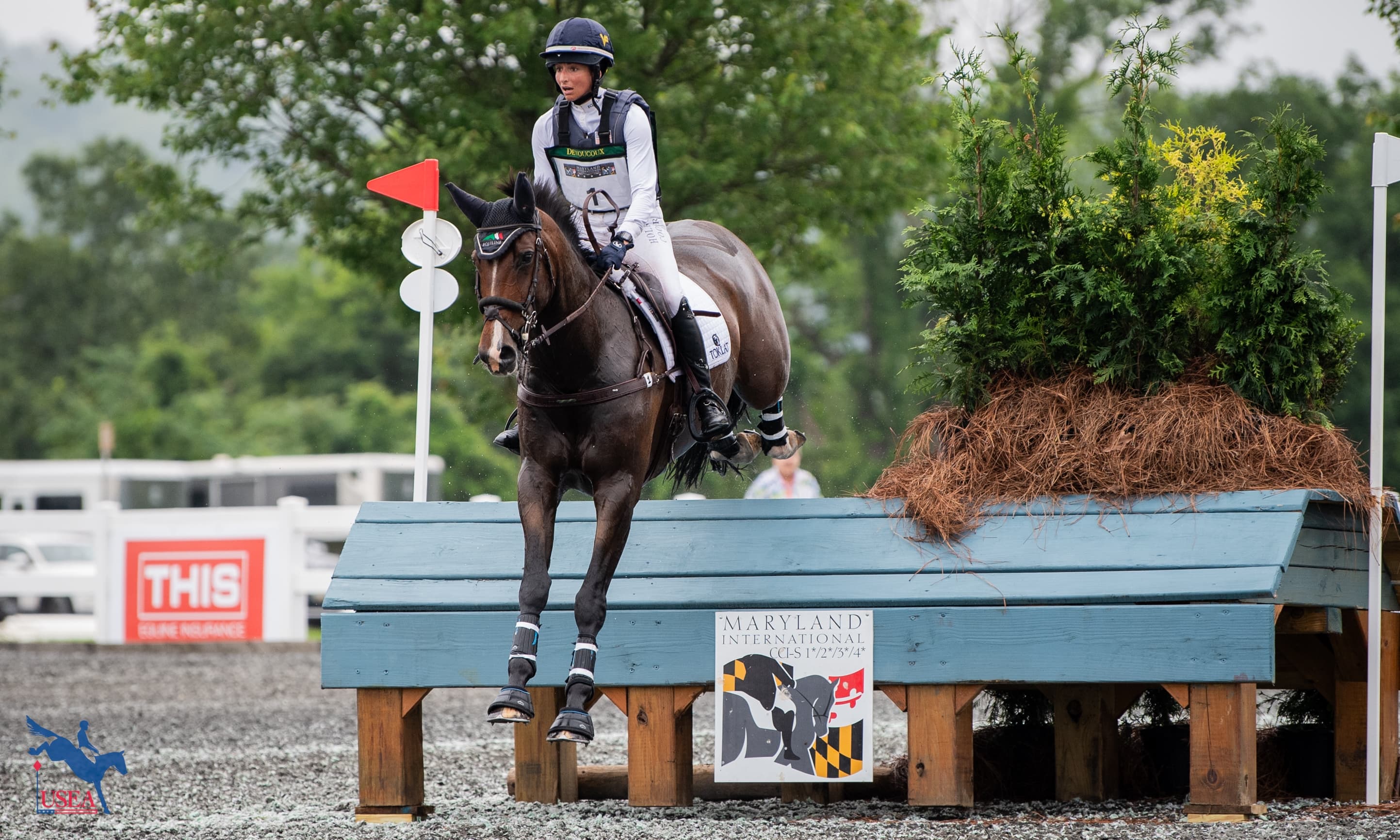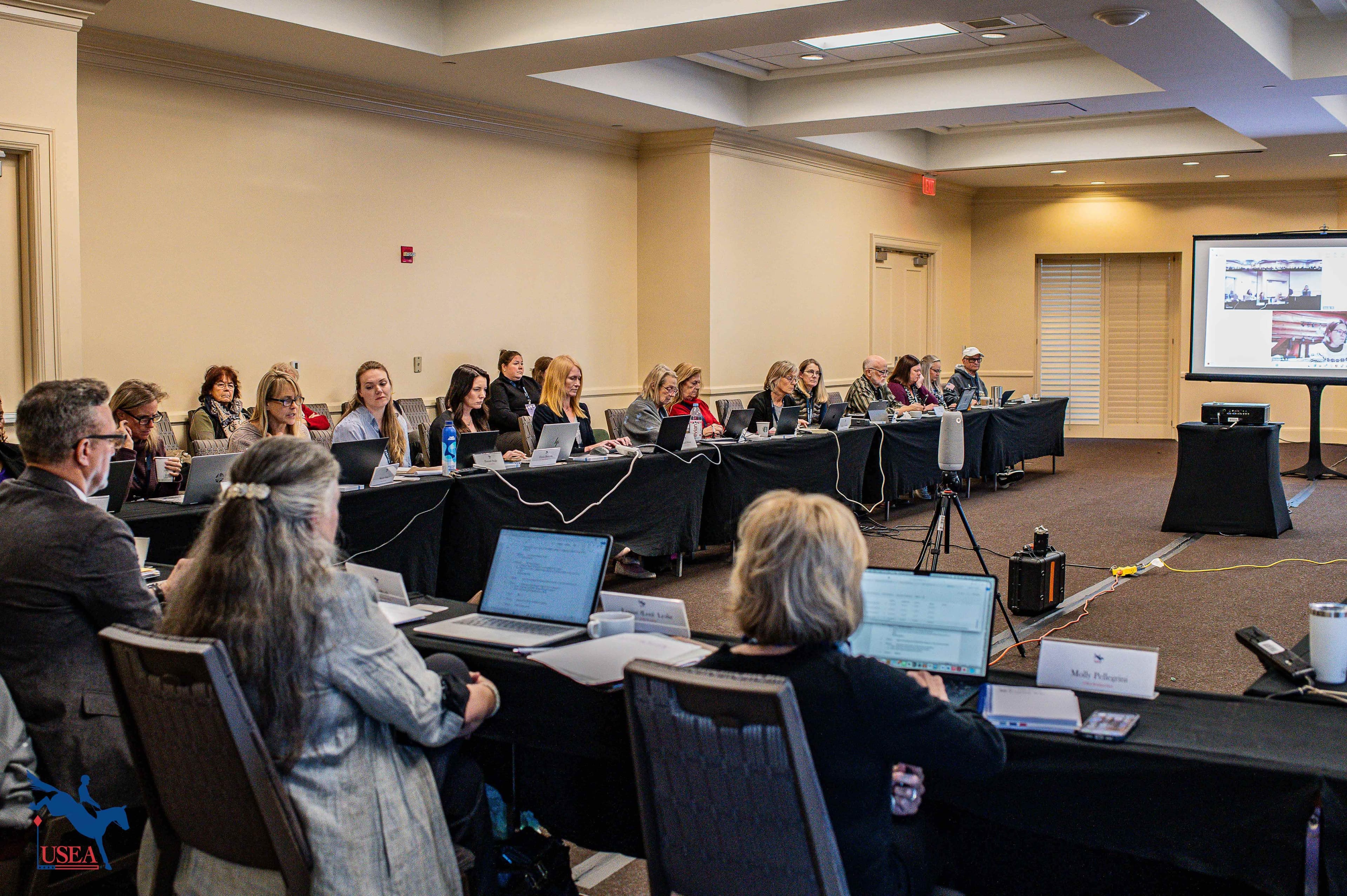Training Tips from Emily Beshear and the USEA Eventing Handbook by the Levels
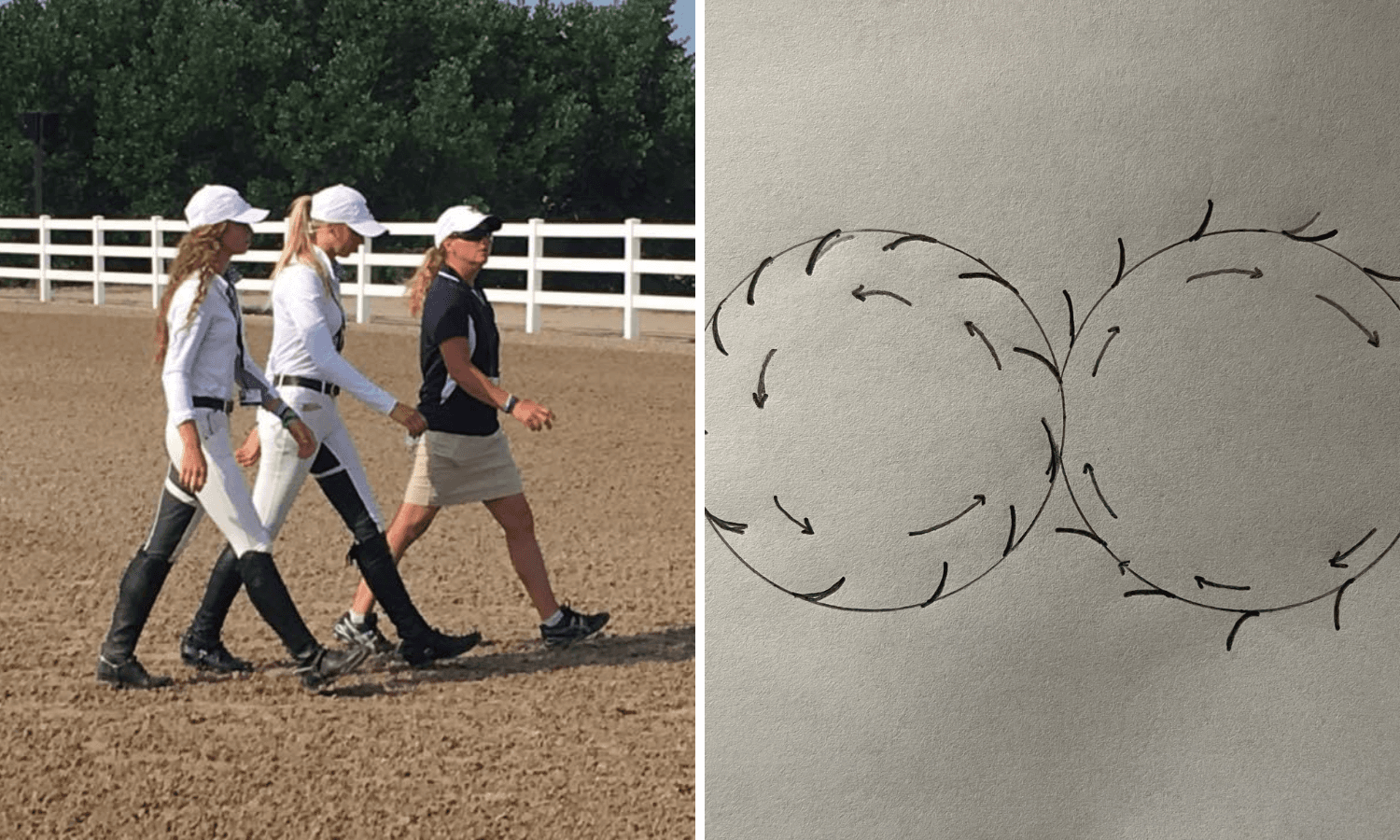
For most professional riders, teaching lessons comprises a fair portion of any given week’s work. And as any good teacher would warn, teaching is its own special artform requiring knowledge and skillsets distinct from those required for riding. These include an understanding of what riders need to learn at each level of the sport, the exercises that best convey these lessons, and a broad view of how individual lessons work together to achieve specific goals. Published earlier this year, the USEA Eventing Handbook by the Levels was created by members of the USEA Eventing Coaches Program (ECP) Committee – along with licensed officials, rider safety experts, and other key industry players – to guide riders and trainers through the competition levels. Available as a free download to USEA members, the handbook features exercises, skills, evaluation tools, and other resources from the Starter through Advanced levels.
“The best part of what we did with the handbook was just laying out a very systematic approach to how you layer each level,” says 5-star rider and ECP Level V instructor Emily Beshear. “[The handbook lays out] what you want to start with – the foundation – and how that builds specifically for each phase. There are a lot of great tools that people can utilize in the handbook both on specific things that we would expect riders to be able to do at each level, and specific things that we would expect trainers to be able to teach people at those levels.”
The approach of the handbook aligns with Beshear’s personal training philosophy, which involves methodically building onto basics and continually checking back to make sure each new skill rests upon a solid foundation of practice, understanding, and feel.
“I have a lot of things that I do where we’ll start with something fairly simple and then keep adding technical challenges. To me, it’s all about the riders first learning to be able to feel and assess what’s going on with the horse and - with the improvement of their position and their aids - then learning how to affect that situation. So first they have to feel what’s happening and then they learn to affect it.”
While “feel” is notoriously one of the most difficult aspects of riding to teach, Beshear believes it is key to establishing a strong base and prioritizes this in her teaching.
“I’ve always found that you have to put [students] in situations where the lightbulb goes off and then they start to go, ‘Oh, that’s what that feels like!’ It’s all well and good to work on practicing everything going perfectly, but there’s also a lot to be said for putting yourself in a situation that might be a half stride and then what do you do? When do you recognize it? How do you make the best of the situation? Because we all know we’ve been there and all of a sudden, things aren’t quite right. And that’s a huge part of our sport is riders learning to have that awareness and feel good that they can at least make the most of it. It might not be perfect, but they can make the most of helping the horse out of that situation.”
One of the go-to exercises that Beshear favors for teaching feel at all levels is the bending line.
“It’s a very basic exercise that you can make really technical if you want to. The reason I like a bending line instead of just doing a straight line is that riders have to learn to focus on two aspects. They have to learn to focus on the line that they’re on and the length of their canter stride. So when we’re talking about related distances, if you’re on a straight line, the only thing you can change is the length of the canter stride but on a bending line, you can change either. It's all about awareness first. Riders have to become more aware of what’s really happening in the moment and happening with their horse and then down the line figure out what’s the best version for their horse. And it might not be the same for each horse.”
Beshear explains that the bending line can be adjusted according to the level of the rider and the intended lesson of the exercise. “At the beginning levels, it’s just first about awareness and you can take a simple bending line and you can put poles or cones and create three or four optional lines. I’ll say first thing is, choose your line, pick one canter that’s a good, balanced canter and then be able to land on a specific line. Lower levels need to be able to do that. Upper levels need to be able to do that. And when you’re choosing your line, you may find that at one point, the distance is going to be a little shorter or a little longer so then you can start to tie in first the rider being aware that is happening and then learning how to be effective to make sure each line has a smooth number of strides. At the upper levels, it becomes, okay, now I want this line and this number of strides. So can you come in with a much bigger canter and still stay on the line, or can you collect the canter and stay on the line? Or can you come in with a collected canter and then lengthen and get a certain number of strides?”
For Beshear, serpentines and figure eights serve a similar purpose in the flatwork for teaching riders feel and building on basics. “If I want the rider to feel how to turn [their horse] more from their seat and their leg and not just turn their head, I’ll do something like that. A figure eight can help the rider understand how to keep the horse essentially positioned in one direction, just slightly looking in one direction, but be able to make the same size and shape circles at walk, trot, and then at the higher levels, canter. It’s a great way to teach people how to feel a horse’s balance and positioning before they start to counter canter.”
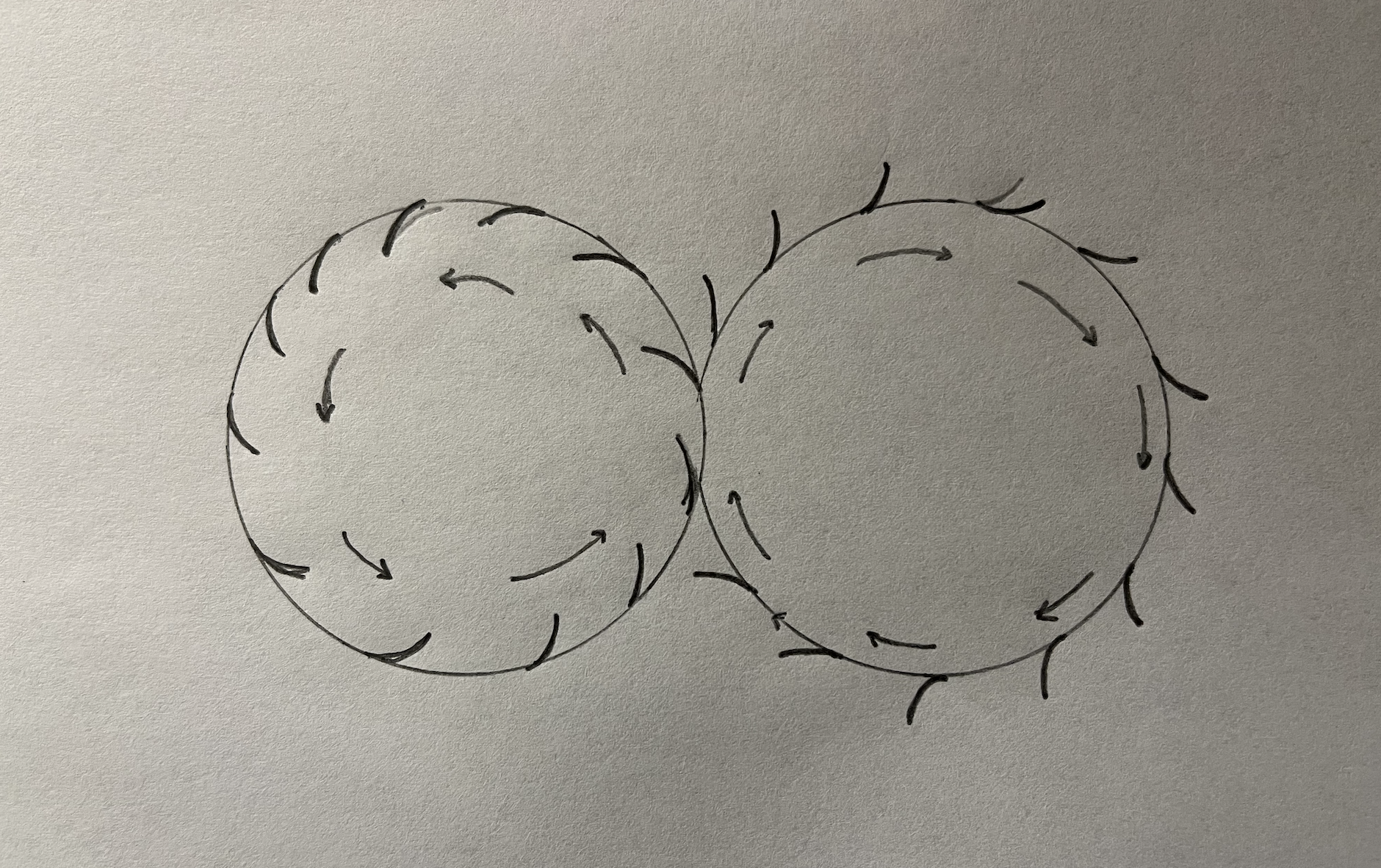
Much of Beshear’s philosophy and approach to teaching have stemmed from a lifetime of figuring out difficult horses and learning to communicate with each individual ride. Her goal as a teacher is to foster that understanding and problem-solving mindset in her students.
“I’ve ridden every kind of thing you can ever imagine,” she says. “And the horses have given me so many tools, and I’ve always found that to be very rewarding – to try to figure out the puzzle pieces for each horse. And then along the way, when I started teaching more, I honestly got into it from the standpoint of trying to help people understand their horses. To me, it’s always been about communication.”
Whether between rider and horse or teacher and student, this element of purposeful and goal-driven communication is a priority of both the USEA Eventing Handbook by the Levels and Beshear’s teaching philosophy.
“I come very much from the mindset of finding these exercises that are designed to help the horses understand how to be better,” says Beshear. “Every day that you ride, you’re training your horse to be the same, better, or worse. I try to instill that in my students. You don’t have to be perfect, but you at least want to have a thoughtful plan.”

